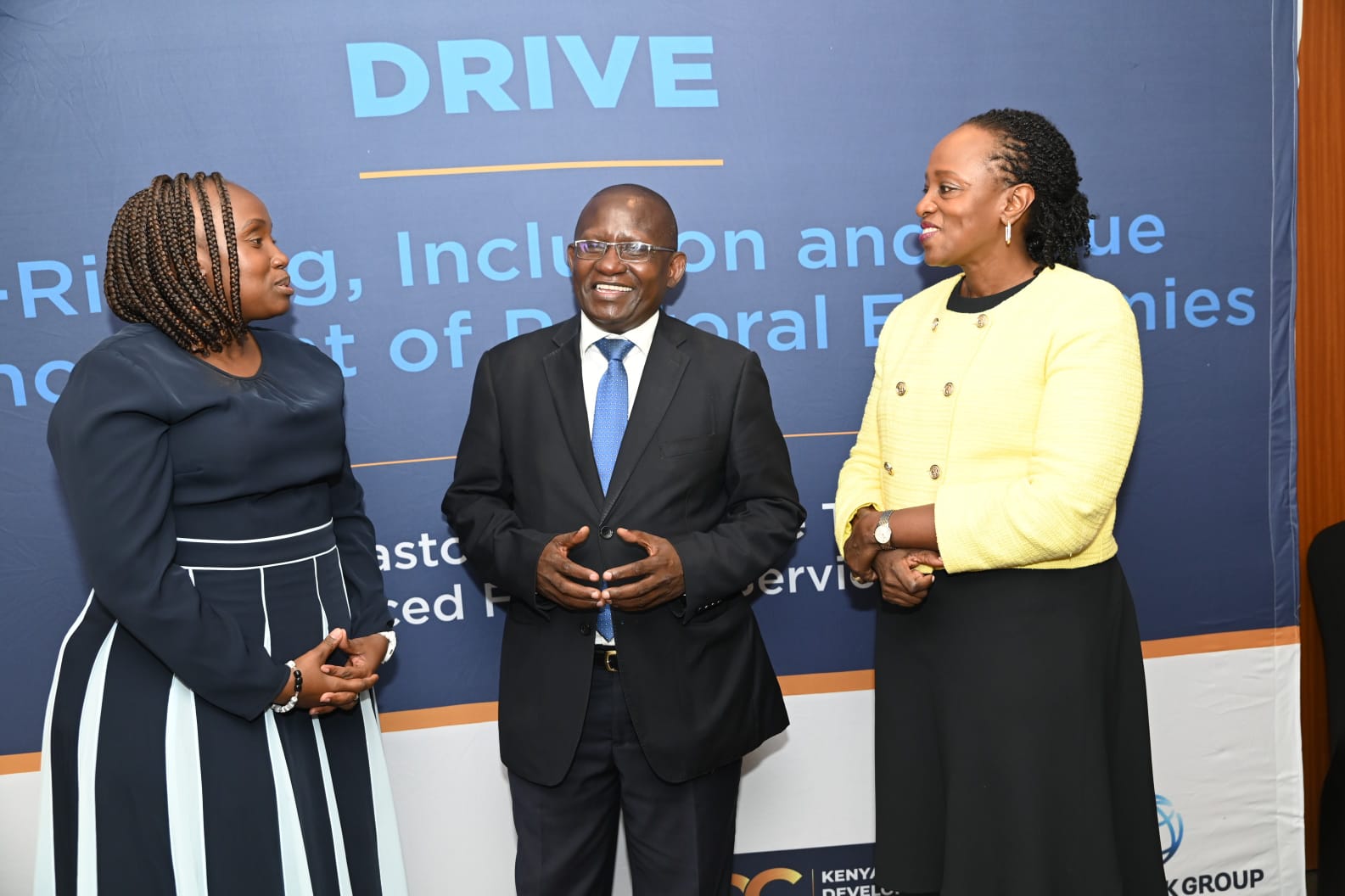
East Africa Community and ASALs Cabinet Secretary Rebecca Miano has given updates related to the drought situation in the country.
“The much-awaited March-May 2023 long rains season began in the tire in the last week of March. This onset has brought considerable relief to many Kenyans who had been severely affected by an enduring drought. Be that as it may, the ongoing rains are yet to yield palpable results in terms of transforming sectors affected the most.” CS Rebecca Miano says.
Consequently, the CS said that the tire national and county governments, with the support of development partners, the private sector, non-state actors, and Kenyans of goodwill have continued to extend drought response interventions to cushion the lives and livelihoods of those affected. Ongoing drought response interventions include the distribution of relief food, cash transfers, screening and treatment for malnutrition, water trucking, provision of livestock feeds, and livestock off-take.
The CS has however said that in March 2023 alone, the Government spent Ksh. 1.2 billion for drought response across tire country. The private sector-led National Steering Committee on Drought Response distributed relief food worth Ksh. 400 million to affected households in 23 ASAL counties under the Wakenya Tulindane initiative. Tire relief assistance was also scaled up to pockets of drought-affected non-traditional ASAL counties.
Miano now says that while the onset of the rainy season is a most welcome relief, it does not resolve food security challenges instantaneously. Consequently, she says that she implores benefactors to continue pooling resources to counter challenges posed by tire drought suffered in recent times until die situation changes for die better.
Hon. CS Miano now says that the Government has continuously activated drought recovery plans in all affected counties as it embarks on building the resilience of affected communities against foreseeable shocks.
“Working on the tire principle of ‘”building back better”, the Government used Ksh. 40 million to desilt water pans as well as shallow wells ahead of the onset of the rains. It also rehabilitated other water facilities.” Hon CS Miano states.
Current Drought Situation
21 of die 23 Arid and Semi-Arid (ASAL) counties remain in drought stress following five consecutive failed rain seasons and the late onset of the March-May long rains season.
Based on tire range of indicators monitored by die National Drought Management Authority (NDMA), two (2) counties namely Marsabit and Turkana remain in the Emergency drought phase while Eight (o) counties namely Isiolo, Mandera, Kajiado, Samburu, Tana River, Wajir, Kilifi, and Kitui are in drought phase.
Eleven (11) counties including; Baringo, Embu, Garissa, Lamu, Makueni, Laikipia, Narok, Nyeri, Meru, Kwale, and Taita-Taveta are in the lire Alen drought phase while two (2) counties; West Pokot and Tharaka Nithi are in Normal drought phase.
On a positive note, the majority of tire counties have reported an improving trend, four (4) counties recorded a stable trend, while four (4) others namely, Kwale, Taita-Taveta, Kilifi, and Kitui reported a worsening trend due to delayed onset of tire long rains.
The situation is expected to improve across tire country during the month of April following the ongoing rains.
According to the national drought early warning system, flash flooding was reported across many parts of the ASALs at the onset of the rains in late March with cases of worst affected counties being Marsabit, Garissa, Isiolo, Mandera, Tana River, Samburu, Turkana and Narok where people were displaced and small stock and household items were swept away.
Generally, the vegetation condition in the month of March showed a slight improvement compared to that of the tire month of February 2023 courtesy of the onset of the long rains season. However, Mandera and Tana River counties showed an Extreme vegetation deficit while Wajir, Isiolo, and Marsabit exhibited a Severe vegetation deficit. Ongoing rains are expected to impact positively on vegetation regeneration.
Pasture and livestock browsing conditions remain poor across ASAL counties. The current pasture and browse conditions are regenerating following the ongoing March-May long rains.
Generally, tire current body condition of most livestock is below normal in comparison to similar previous periods. Thankfully, there now is a slight improvement in milk production at the household level.
With tire onset of tire rains, a number of livestock diseases were reported in Garissa, Isiolo, Marsabit, Samburu, Tana River, Baringo, Turkana, Kajiado, Kilifi, Meru North, Narok and West Pokot.
With regard to access to water, trekking distances for households and livestock have shown a generally improving trend compared to January and February this year.
Unfortunately, tire number of children exposed to the risk of malnutrition has been noted Baringo, Nyeri, Kajiado, Isiolo, Wajir, Mandera, Tana River, Makueni, Marsabit, Turkana, Embu, Kwale, Meru, Samburu, Kitui, Tharaka Nithi, Garissa and Taita-Taveta counties.
As determined by the Short Rains Assessment for October-December 2022 season conducted between January and February 2023, 4.4 million persons in tire ASAL counties and a further 495,362 persons in 9 non-traditional ASAL counties, remain in need of food assistance. Over 970,000 children under 5 years and over 142,000 pregnant and lactating mothers suffer acute malnutrition and therefore require therapeutic feeding. Under Integrated Phase Classification (IPC), 3.6 million people are in Guri Phase JPG Phase 3) with another 800,000 in Emergency Phase (IPC Phase 4).
Reports indicate that the ministry, through the NDMA, is closely monitoring the drought situation and the performance of the ongoing long rains to ascertain its impact on food security. This assessment will inform short and long-term planning.
Lately, the CS has indicated that it has been collaborating with other countries to deepen partnerships.
“Deepening collaboration between Kenya & the US is strategic & holds great opportunity for both nations. Productive engagement US Congress delegation who called on me at my office. The lawmakers sought to understand food security, economic growth, and drought in the region.” CS Miano notes.
America is known for its ingenuity in turning parts of its arid areas into food crop production havens.






















